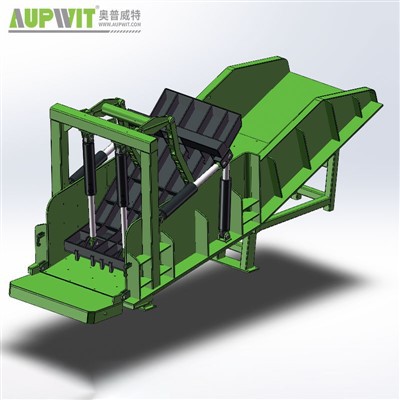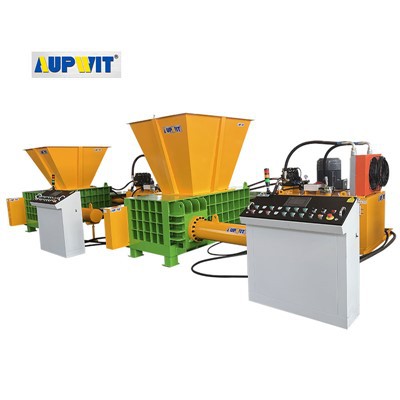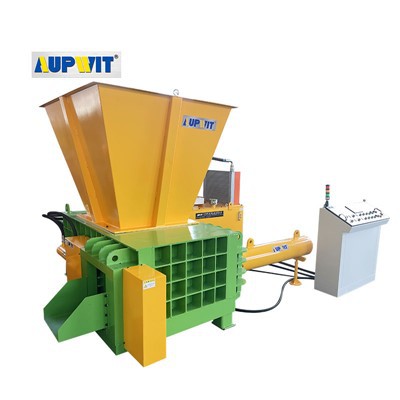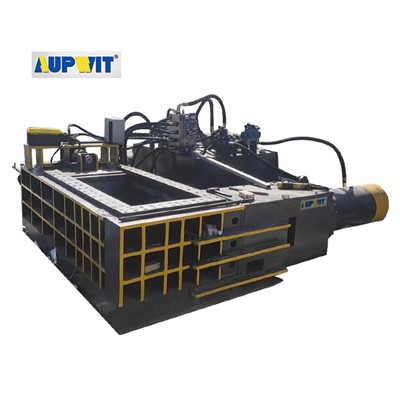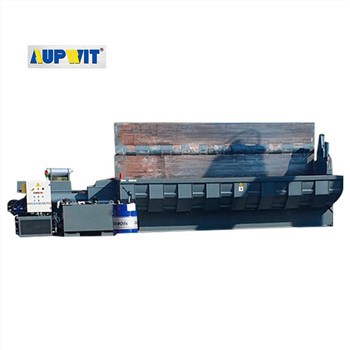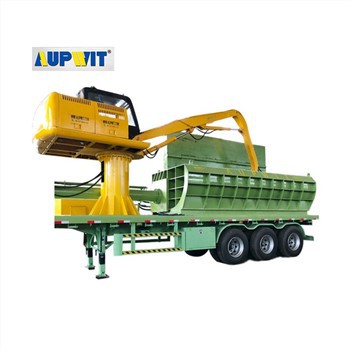Metal shredder is mainly used to crush various scrap metal materials into smaller particles or flakes for subsequent recycling or reuse. Its working principle is as follows:
1. Feeding
Scrap metal is fed into the Metal shredder through the feed port. The feed port is usually designed with a certain width and height to accommodate metal materials of different sizes. Some Metal shredders are also equipped with automatic feeding devices, such as conveyor belts or vibrating feeders, which can evenly and stably feed metal materials into the crusher to ensure the continuous operation of the crusher.
2. Crushing
There is a rotating crushing rotor inside the Metal shredder, and multiple hammers or blades are installed on the rotor. When the rotor rotates at high speed, the hammers or blades will hit and shear the metal materials entering the crushing chamber at a very high linear speed. Metal materials are broken into smaller pieces under the impact of the hammer or blade. At the same time, wear-resistant linings are usually installed on the inner wall of the crushing chamber, and the metal materials are further broken and refined during the collision and friction with the linings.
3. Screening and discharging
The metal materials that have been initially crushed are discharged from the discharge port at the bottom of the crushing chamber under the action of gravity. At the discharge port, a screening device such as a vibrating screen or a rotary screen is generally provided. The screening device can screen the crushed metal materials according to different particle sizes. The materials that meet the particle size requirements are discharged through the screen and collected as finished products; while the materials with larger particle sizes will be sent back to the crushing chamber for re-crushing until the required particle size is reached.
Through the above working process, Metal shredder can efficiently crush various scrap metals into suitable particle sizes, provide high-quality raw materials for subsequent metal recycling, reprocessing and other processes, improve the recycling rate of metal resources, and also help reduce environmental pollution.


